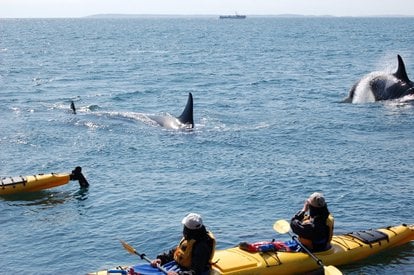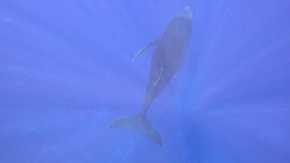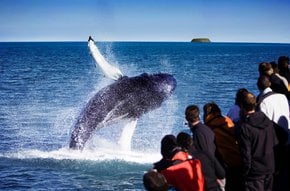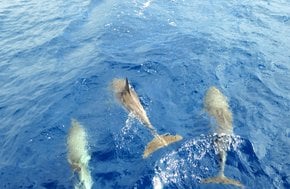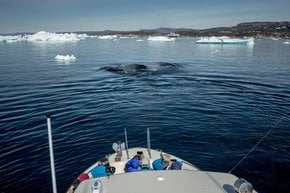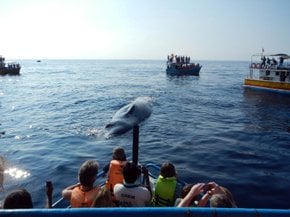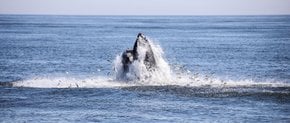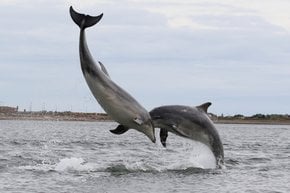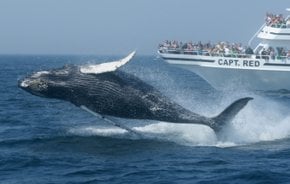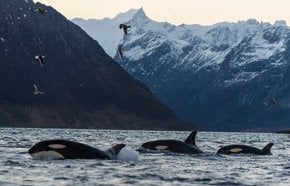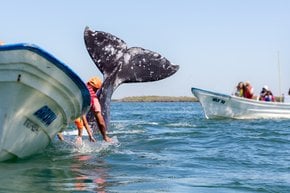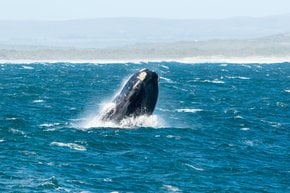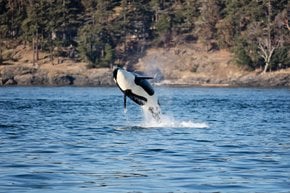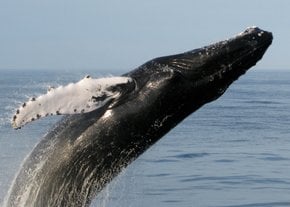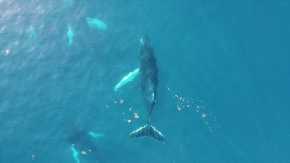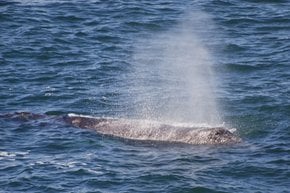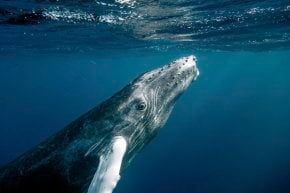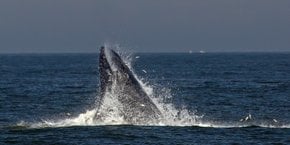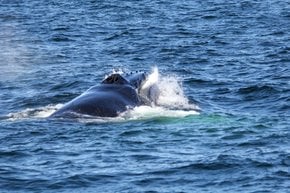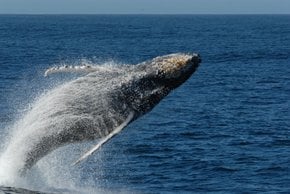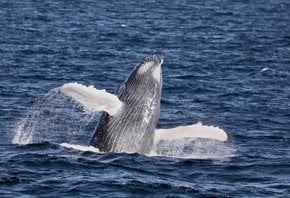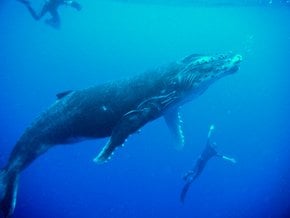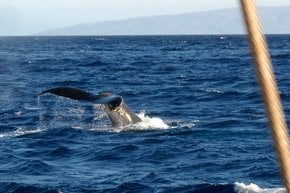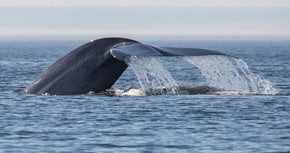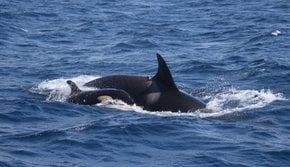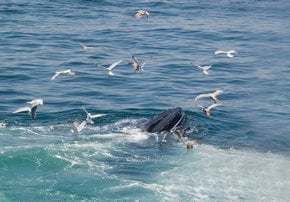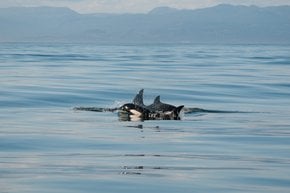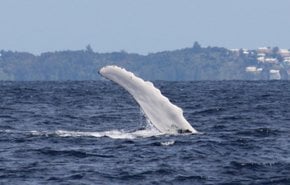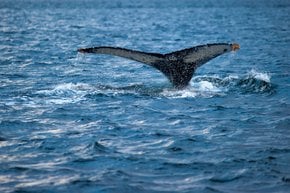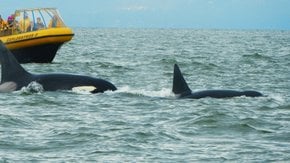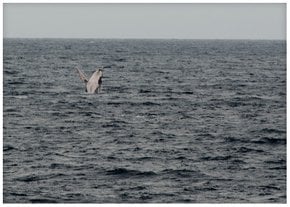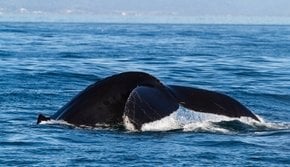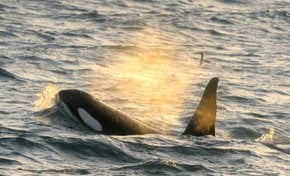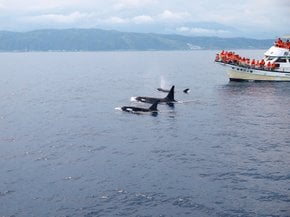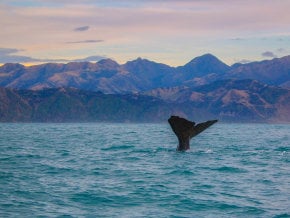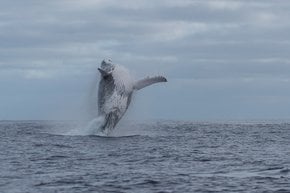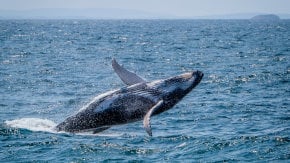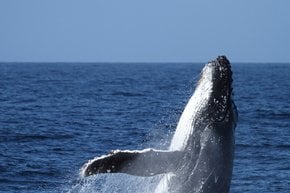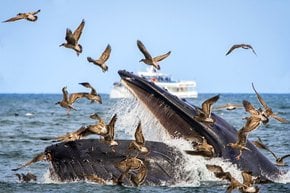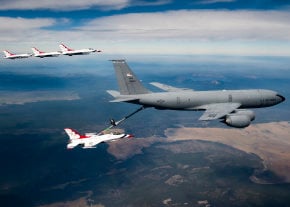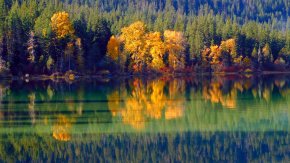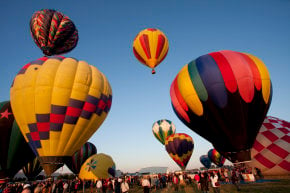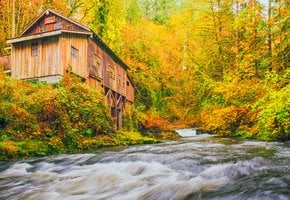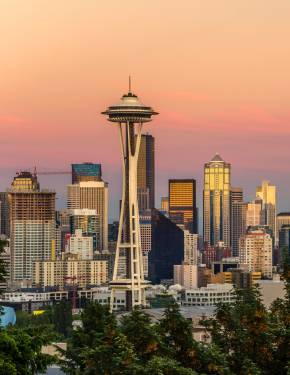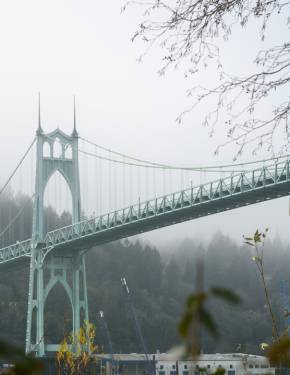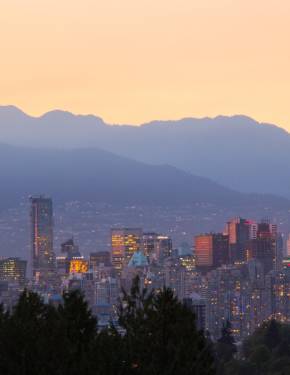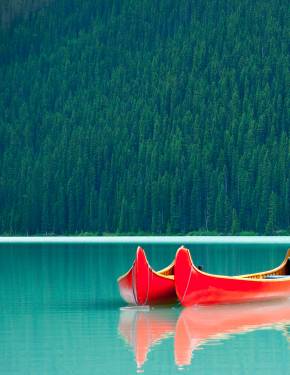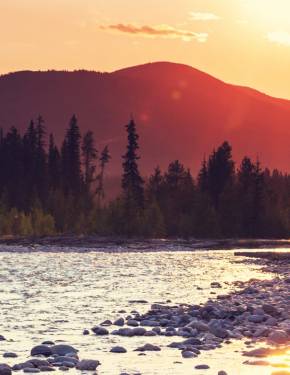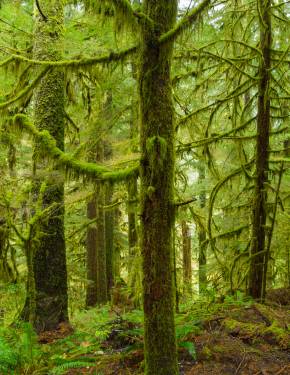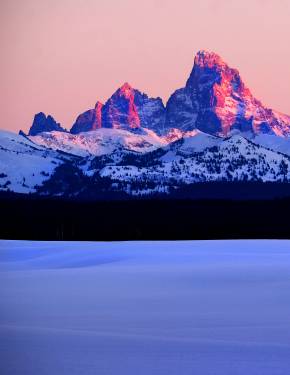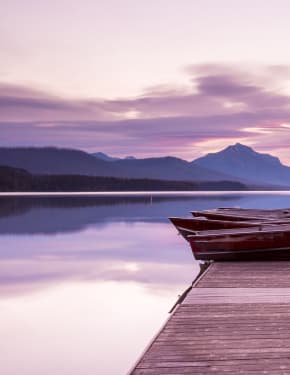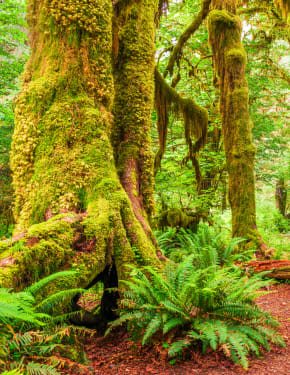Whale Watching in Washington 2026
The waters surrounding the Evergreen State are teeming with a variety of whale species
Best time: mid-February–November
Because of its location, Washington is a very convenient place to observe multiple varieties of whales. Returning from the cold waters of the north or the warm waters of the south, whales pass Washington so often, it is almost impossible to miss them. At different times of the year, you can catch a glimpse of gray, humpback, and orca whales.
Best places for whale watching
Even though many will choose a tour by boat to look for cetaceans, vast swaths of public coastline make for a cheap and easy place to whale-watch. Pack some snacks, a chair, as well as binoculars and spend some time scanning the waters for these majestic marine mammals. Even if you fail to get a glimpse of a whale—spending a relaxing day at the beach will be your consolation prize, so get out there! For a quick reference to accessible land to view whales, check out The Whale Trail for a list of over 100 whale viewing sites—50 of which are located in Washington!
Whale-watching tours
San Juan Island
San Juan Island is famous for orca whales sightings. Each year, mid-May and mid-October, thousands of orca whales pass near San Juan Island. At this time of the year, the waters are loaded with salmon, which attracts orca whales the most. San Juan Island is reachable by a boat cruise either from West Seattle or Elliot Bay.
San Juan Safaris offers family-friendly 3-hour boat tours. Boats depart from Friday Harbor at 12:30 pm and 5:30 pm from April through September (tours are also available in March on select days). Tickets start from $125 for adults (13+), children (2-12) pay $89. Those who would like a bit more from their sea excursion, might opt for Adventure Whale Watch on a small boat almost on water level (the cost is $145 per person). Another great option is a 4-5 hour whale-watching kayaking tour from Roche Harbor. It is scheduled daily at 11:30 am from April to September. The cost is $145 per person. This tour is not for children under 13.
Everett
Everett is located just 30 minutes from Seattle and is known for its gray whales. For a limited period, mid-February to mid-June, gray whales choose this location for feeding on their way to Alaska. Island Adventures Whale Watching Company offers 3-hour boat cruises from Anacortes between February 17 and June 30. Expect to pay $109 for adult admission, $69 for children (ages 2-12). Discounts are available with advance booking.
Olympic Peninsula
Olympic Peninsula is a legendary place for whale admirers. The Strait of Juan de Fuca hosts gray and orca whales during the migration between April and May or October and November. Port Angeles and Port Townsend are great places to start your journey. Check out the Puget Sound Express for tours departing from Port Townsend. Three-four hour tours run at 10:30 am from April 26 to September 22. During the summer, from June 28 to September 2, an afternoon tour at 3 pm is added. From September 23 to October 27, additional daily departure is at noon. Tickets cost $115 for adults, $85 for children.
Whale-watching season
Whale watching in the Strait of Juan de Fuca or the Puget Sound is most successful in the spring and fall, when certain cetaceans pass through this region on their way to or from their calving grounds. Find these massive creatures on their biannual journey past the Pacific Northwest either between April and May or October and November.
Bigg's killer whale (all-year)
The Bigg's killer whale (Orcinus orca) also known as the orca whale, is one of the most likely species you will encounter on your tour. They use these rich waters to hunt and feed together. Orca whales travel in family groups of 4 to 7 and it is estimated that there are over 400 individuals that feed year-round in the Salish Sea! With a healthy and expanding population size in the Pacific Northwest, it is no wonder that thousands of tourists flock here every year to get a chance to view these animals. Unlike some of the other whale species you might glimpse here, these whales do not migrate seasonally.
Gray whales (spring, fall)
Gray whales (Eschrichtius robustus) have the longest migration route of any mammal. They tirelessly cover 10,000 to 14,000 mi (16,093 to 22,531 km) every year, traveling from Alaska to Mexico and back again. These noble creatures make a stop to feed and refuel in the Salish Sea between Vancouver Island and the Olympic peninsula.
Humpback whale (spring, fall)
One of the most well-known whale species found all around the world is the humpback whale (Megaptera novaeangliae). As one of the largest mammals on earth, humpback whales were nearly hunted to extinction. Through conservation efforts, this species has come back from the brink of extinction to be viewed and appreciated by so many. It is a good day on earth when these gentle giants swim through the seas.
What to wear
If you've never been on a whale cruise before, there are a few things you should know. Having a few simple items on hand will ensure that your experience is nothing short of magical. Weather on the coast of Washington is known to be unpredictable, so be sure to catch a weather report and dress accordingly. Having a rain jacket on hand is never a bad idea here. While on your cruise, it will be windy, so be prepared with layers. Wearing sunscreen is also advised as water can reflect the sunlight, increasing your chance of getting burnt.
What to bring
Although your tour may offer concessions, having a drink and few snacks with you is never a bad idea. To better see the wildlife you might encounter, bring a pair of binoculars if you can. They could be the difference in seeing a bald eagle or just a little spot on a tree from far away.

